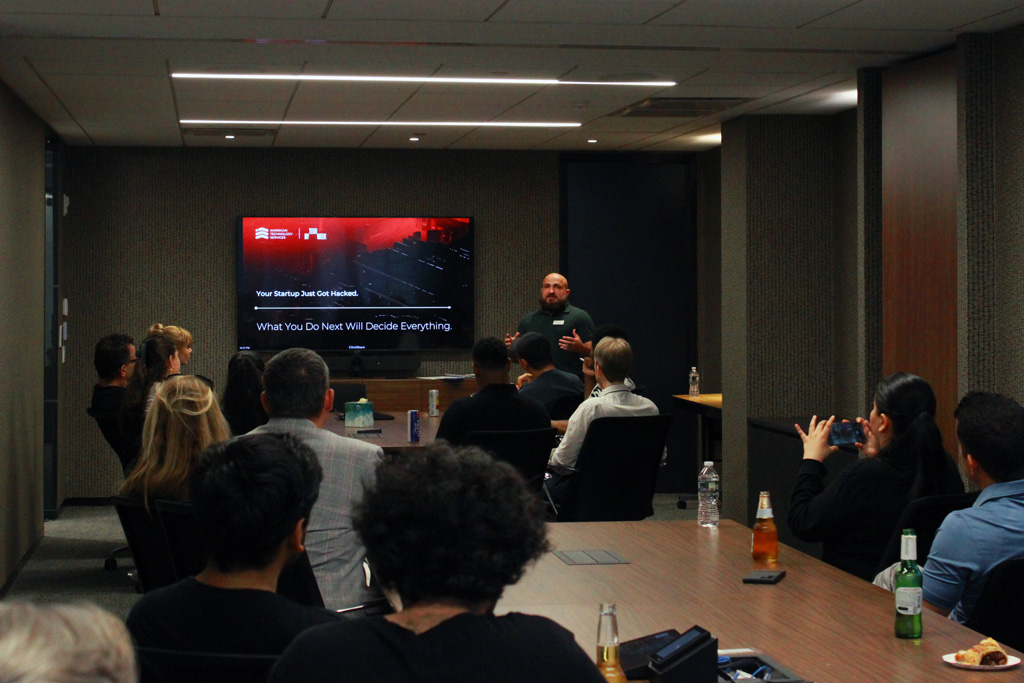Innovations in Modern Backend Technologies
Utilize the latest innovations in backend development, including serverless cloud architectures and robust on-premises solutions. We keep pace with technology advancements to ensure your business stays ahead.
Cloud Computing Platforms: AWS and Google Cloud
AWS and Google Cloud stand at the forefront of cloud computing, offering extensive services that cater to diverse backend development needs. Both platforms provide advanced security features, ensuring data protection and compliance with global standards, making them ideal for developing powerful, efficient backend systems.
Amazon Web Services (AWS): AWS sets the standard with its vast array of services, including Amazon EC2 for scalable computing, Amazon S3 for object storage, and AWS Lambda for executing code in response to events. It’s renowned for its reliability, scalability, and extensive global infrastructure.
Google Cloud Services: Google Cloud excels with highly integrated AI and machine learning tools, Google Compute Engine for custom virtual machines, and Google Kubernetes Engine for modern app management. Google Cloud’s services extend beyond traditional cloud computing, offering pioneering data management and machine learning technologies.
Google Cloud’s BigQuery service revolutionizes data analysis, allowing real-time insights from enormous datasets. At the same time, AutoML provides a user-friendly interface for training high-quality custom machine learning models without deep programming knowledge. These capabilities, combined with Google Cloud’s commitment to sustainability and secure infrastructure, make it a powerful tool for businesses looking to innovate and scale efficiently.
Serverless Architecture
Serverless architecture revolutionizes backend development by eliminating the need to manage servers, enabling automatic scaling to match application demands, and significantly reducing operational costs. This architecture allows developers to focus on code and innovation rather than infrastructure management.
Applications are broken down into individual functions that run in response to events, ensuring efficient resource use and scalability. This model supports faster deployment cycles and agility in application development, making it an ideal choice for businesses seeking efficiency and flexibility in their tech stack.
Containerization and Orchestration
Containerization and orchestration transform how applications are deployed and managed, making them more portable, scalable, and consistent across different environments. Containerization, using technologies like Docker, packages applications and their dependencies into containers, ensuring they work seamlessly in any environment. Orchestration, with tools like Kubernetes, automates the deployment, scaling, and management of these containers. This combination supports efficient CI/CD pipelines, enhances application reliability, and facilitates microservices architecture, allowing teams to develop, deploy, and scale applications more rapidly and reliably.
Microservices Architecture
Microservices architecture involves developing a single application as a suite of small, independently deployable services, each running its own process and communicating through lightweight mechanisms, often an HTTP-based API. This approach enables organizations to build highly scalable and flexible applications. Each microservice focuses on a specific feature or function, allowing faster development cycles, easier maintenance, and the ability to deploy services independently. This architecture is beneficial for enabling rapid, frequent, and reliable delivery of large, complex applications.
DevOps Practices
DevOps practices unify software development (Dev) and software operation (Ops) to improve collaboration and productivity by automating infrastructure and workflows and continuously measuring application performance. This approach emphasizes a shift in mindset, culture, and technological adoption, fostering a cycle of continuous integration, continuous delivery, and rapid feedback. DevOps enables teams to respond more quickly to customer needs, improve service reliability, and build more secure, high-quality software faster.
Contact Us to Start Your Project
Let’s talk about your backend development needs. Contact us to start a conversation that could redefine how you think about database solutions.
Featured Articles
Articles / On June 5, ATS opened its doors for NY Tech Week and turned a 6th-floor downtown office into...
Articles / Businesses and individuals face a rapidly growing menace. Account Takeover (ATO) fraud is a sophisticated cybercrime reaching alarming...
Articles / Businesses are increasingly threatened by Distributed Denial of Service (DDoS) attacks. These attacks are designed to disrupt network...
Articles / The demand (and need) for ensuring system and data security is greater than ever and increasing at an...



